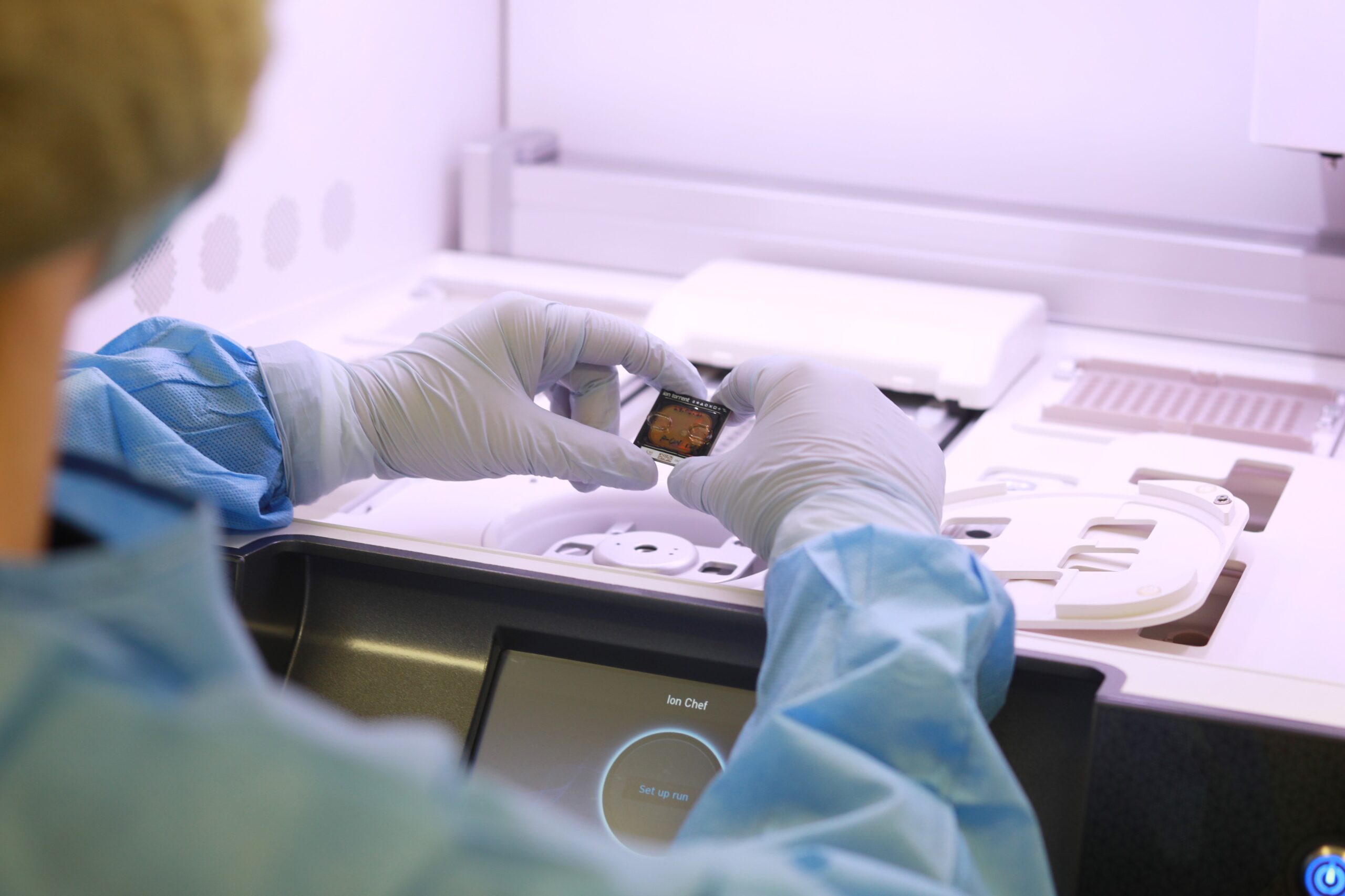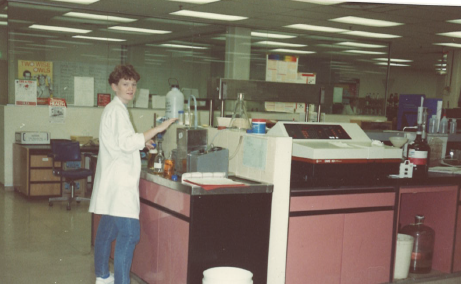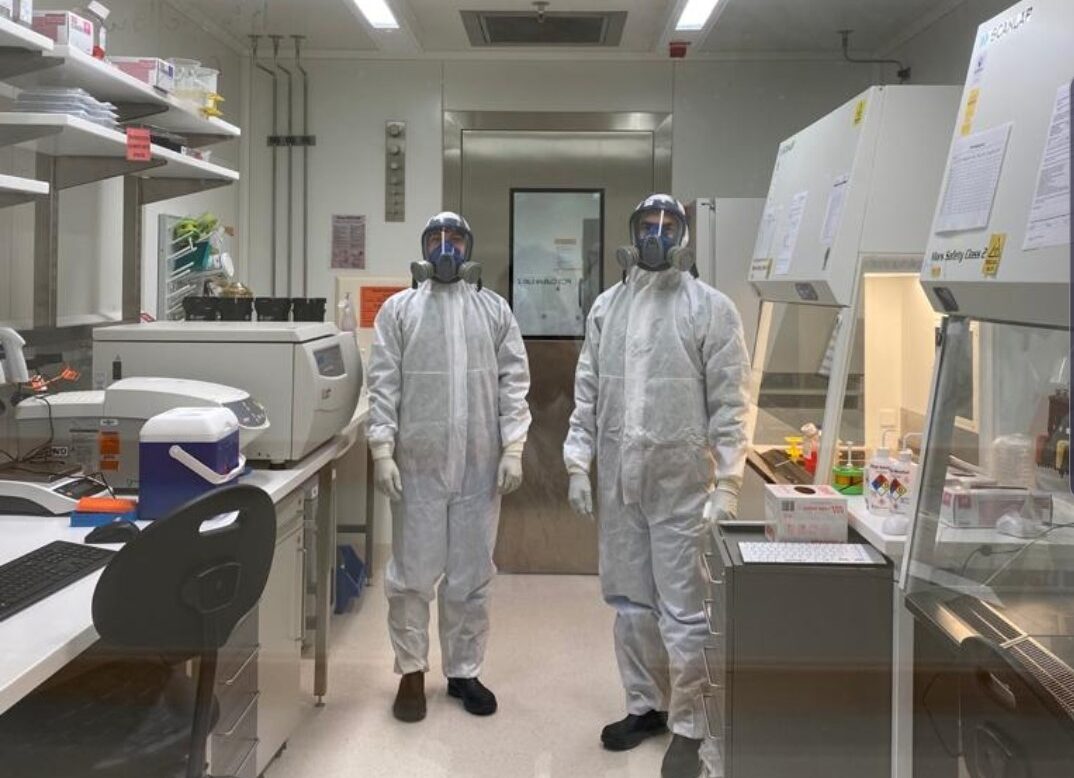Media Contact

Predicting geographical ancestry and physical characteristics from a single DNA profile
There is extraordinary DNA analysis and research work being done by the experts at our Forensic & Analytical Science Service (FASS) in support of criminal investigations as well as missing persons and unidentified human remains cases.
Since March 2021, the FASS Forensic Biology/DNA team has been using Massively Parallel Sequencing (MPS) technology to predict biogeographical ancestry and a person’s physical appearance such as hair and eye colour from a DNA sample.
This information can help criminal investigations and support the work of the Coroner by helping to build a picture from unknown human remains or from the DNA found at a crime scene. The FASS DNA Research team are now undertaking testing to further enhance this analysis and add skin colour to the information provided.
Also, FASS has begun using MPS for what’s known as “whole mitochondrial genome sequencing.” This further enhances the mitochondrial DNA sequencing service that has been provided by FASS since 2015 and will be particularly useful for compromised or degraded samples from unknown human remains and missing persons cases.
It’s expected that in the future other traits such as age and height will be incorporated into the testing of DNA samples as well as what’s known as “molecular autopsy” which, among a number of applications, can help identify the cause of sudden cardiac death.













